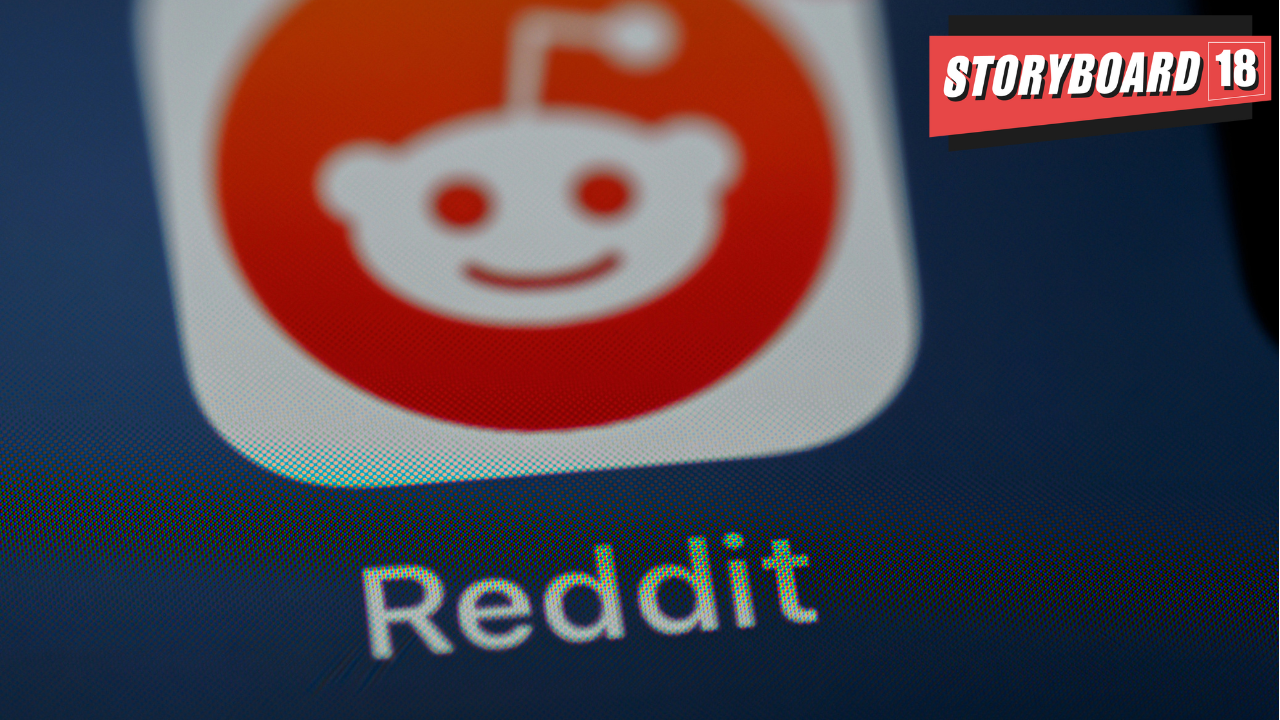India’s social media map in 2024 reveals a maturing, more fragmented ecosystem—where platforms like Instagram continue to dominate, but the real story lies in regional creators, fading hype cycles, and the growing influence of Tier-2 and Tier-3 markets.
While the overall user base across social media platforms continues to grow, the nature of engagement, trust, and content creation is shifting in subtle but significant ways. Here’s how 2024 looks, compared to 2023:
In December 2024, WhatsApp remained India’s most used social media platform with 440.1 million unique visitors, registering a modest 2% year-on-year growth compared to December 2023. Meanwhile, Telegram saw a more significant increase, with 259.9 million unique visitors, up 15% from the previous year, reflecting its growing popularity for private and group-based communication, as per Comscore’s report.
Reddit also gained notable traction in India, recording a 37% increase in unique visitors, rising from 31.6 million in 2023 to 43.4 million in 2024—a sign of increasing engagement with news, politics, and niche online communities.
Interestingly, Tumblr experienced a staggering resurgence, jumping from just 1.2 million to 15.7 million users, representing a massive 1161% year-on-year growth. This sharp rise suggests a cultural or content-driven revival, possibly among younger or nostalgic audiences.
Discord continued its slow but steady growth trajectory, gaining 10% more users year-on-year, with unique visitors rising from 23.6 million to 25.9 million.
On the other hand, Google Messages saw a decline in user base, with unique visitors dropping from 238.6 million in 2023 to 206.9 million in 2024, reflecting a 13% decrease—perhaps due to a shift toward more feature-rich or encrypted messaging platforms.
Now coming to Instagram…reels remain the most engaging content format, but the face of Reels is changing. The explosion of regional creators especially in languages like Bhojpuri, Marathi, and Telugu has upended the previous aesthetic hierarchy. From fashion to food, localised, lower-production content now often outperforms urban-polished videos. Brands, too, are responding. More influencer budgets are now being directed toward creators who can offer vernacular fluency and deep audience trust over just high follower counts.
Facebook isn’t dead yet. It’s just quietly dominating tier-2 India. Long dismissed as outdated by metro users, Facebook remains a quiet giant—especially among Tier-2 town influencers who use it to build community credibility in fields like health, finance, and religious content. In a reversal of urban assumptions, many first-time influencers still launch on Facebook, not Instagram.
X continues to be chaotic but unavoidable—especially for political and cultural commentary. While daily active users show signs of plateauing, the platform remains a hub for power users, micro-influencers, and thought leaders, particularly during election cycles.
No longer just for job updates, LinkedIn has grown into a content platform for solopreneurs, consultants, and educators. “Thought leadership” is less jargon and more revenue-generating now, as users report higher inbound leads and network effects via consistent posting.
After Meta launched Threads with much fanfare in 2023, early adoption in India fizzled out by mid-2024. Lacking a strong cultural use case or identity, Threads became a cautionary tale: in a crowded market, even Big Tech can’t force a vibe.
What Changed From 2023 to 2024
Short-form is still king, but content repurposing across formats is rising—Reels are turning into YouTube Shorts, LinkedIn posts are becoming carousels.
Regional language and low-budget creators are now the growth engine, not metro influencers.
Influencer trust is localised; brands are increasingly picking “micro and mighty” over macro and manicured.
Reddit is emerging as a political and news discussion hub in urban metros.
Visual fatigue is real; users are quietly moving toward lower-stimulation platforms, from private groups to Telegram communities.
